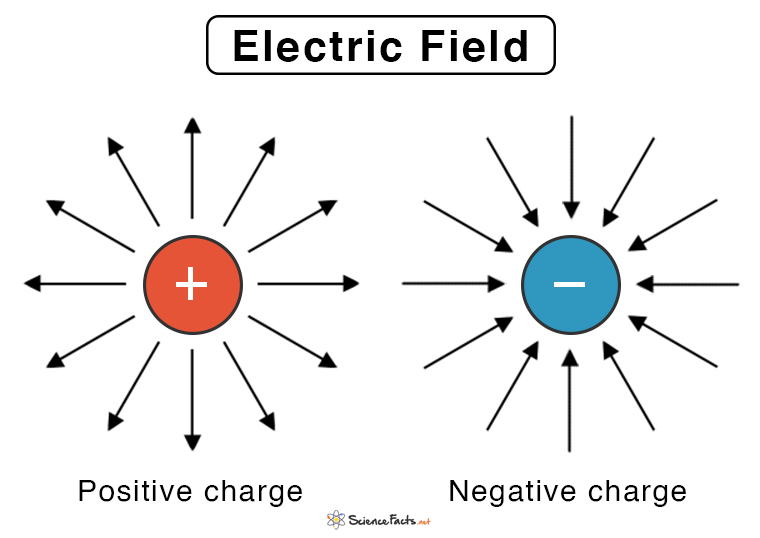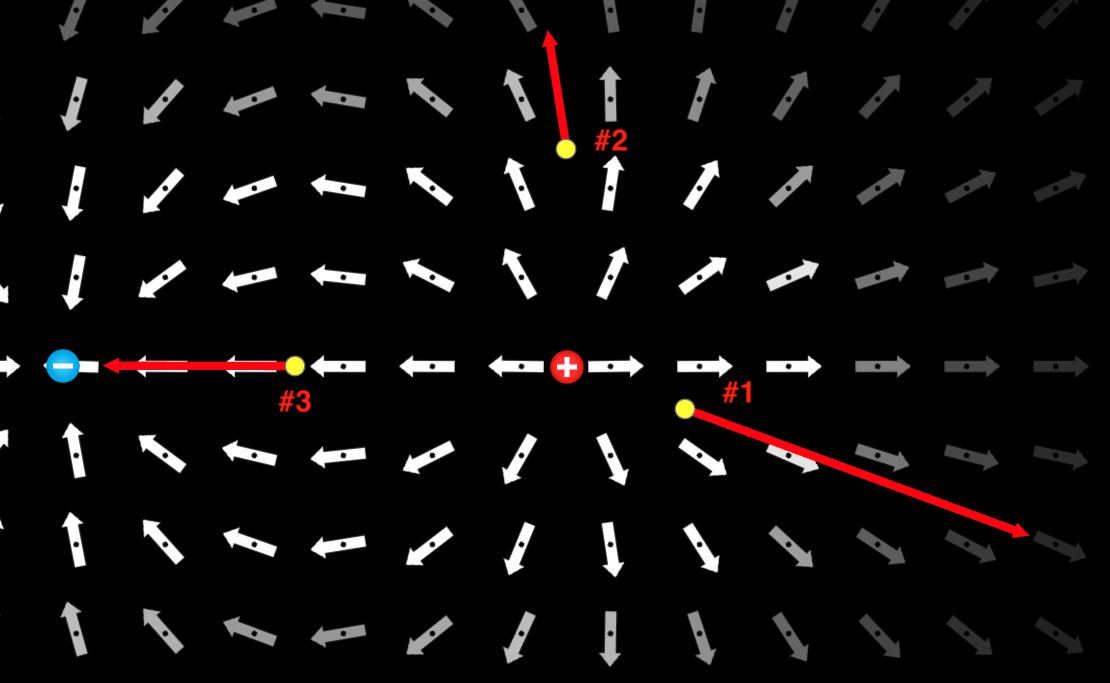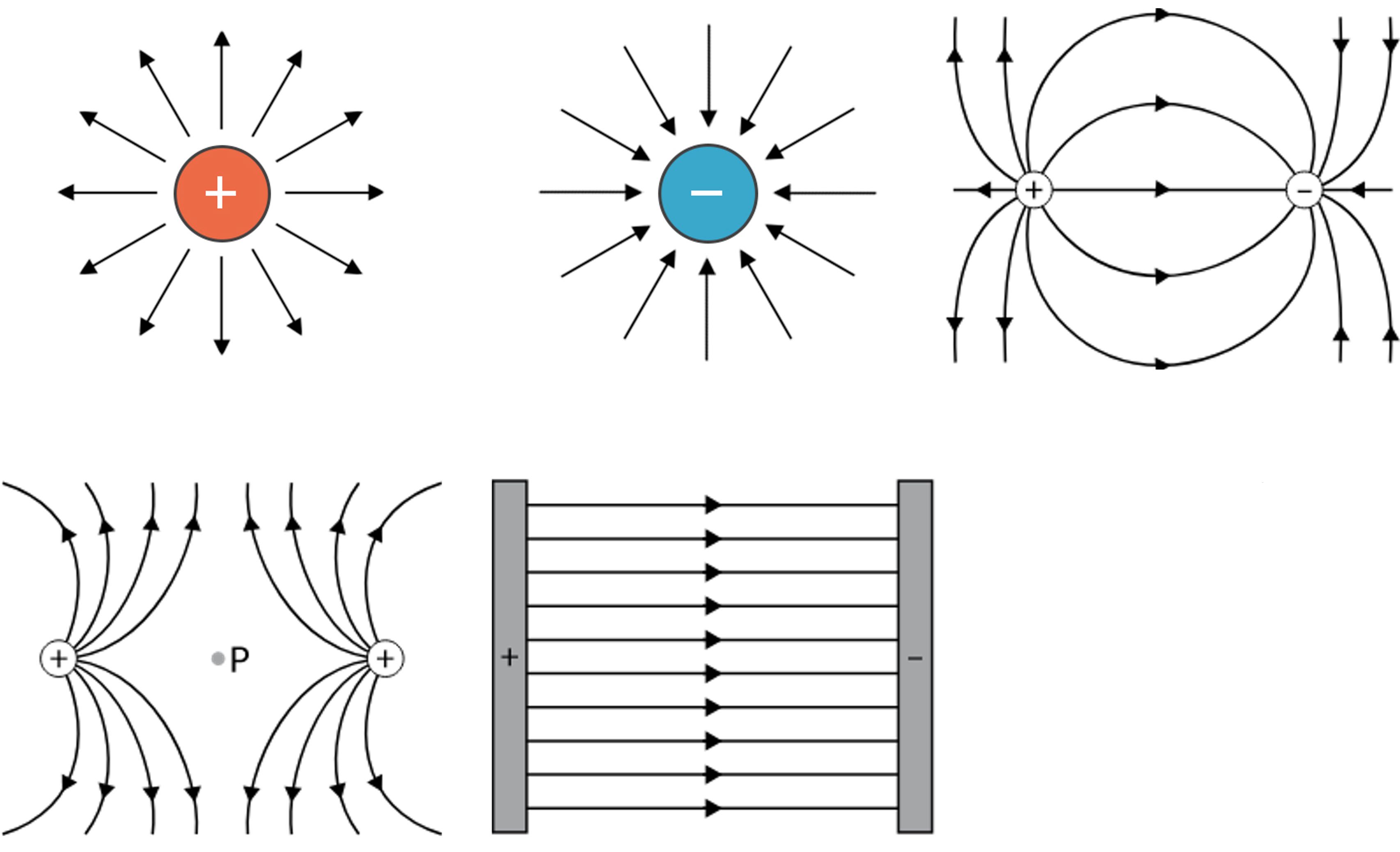Drawing Electric Fields
12PHYS - Electricity
Finn Le Sueur
2024
Mahi Tuatahi
- A Van der Graaff generator has charge of \(4C\). Did it lose or gain electrons?
- How many electrons did it gain/lose?
- If those electrons were lost over a period of 30s, what was the current during that time?
Ngā Whāinga Ako
- Be able to draw electric fields
- Be able to determine which way a charge will move in a field
Electric Fields
An electric field is an area of influence in which a charged object will feel a force.
- A field can exist in a vacuum or inside matter.
- An electric field exists in the space around electrically charged objects e.g. Van der Graaf generator, electrons, protons or a charged balloon.
- The electric field strength diminishes with the inverse square law (\(\textbf{E}\propto\frac{1}{r^{2}}\)). Doubling the distance from the field source reduces the strength to 1/4.

Drawing Fields
- We draw electric fields as a series of arrows
- By convention the fields goes from positive
to negative
- Test Charge: A positively charged object
- Arrows indicate the direction that a test charge will feel a force
- Lines close together indicate a strong field
- Lines far apart indicate a weak field

Tūhura / Investigation
Create a grid of six boxes in your book using the whole page.
- Positive Charge
- Negative Charge
- Two Positive Charges
- Two Opposite Charges
- Two positively charged parallel plates
- Two oppositely charged parallel plates
Use the simulation on Google Classroom to help you discover the fields for the first four, and use the grid function and five of each charge equally spaced to mimic two plates.
